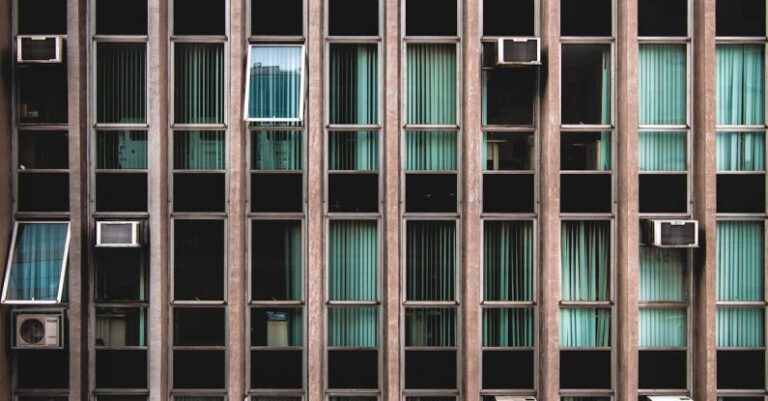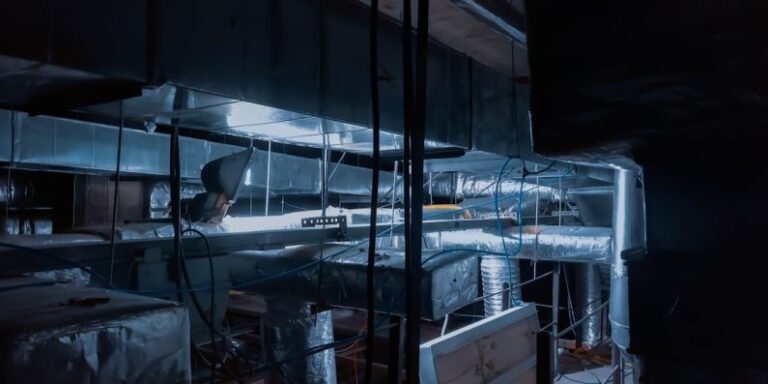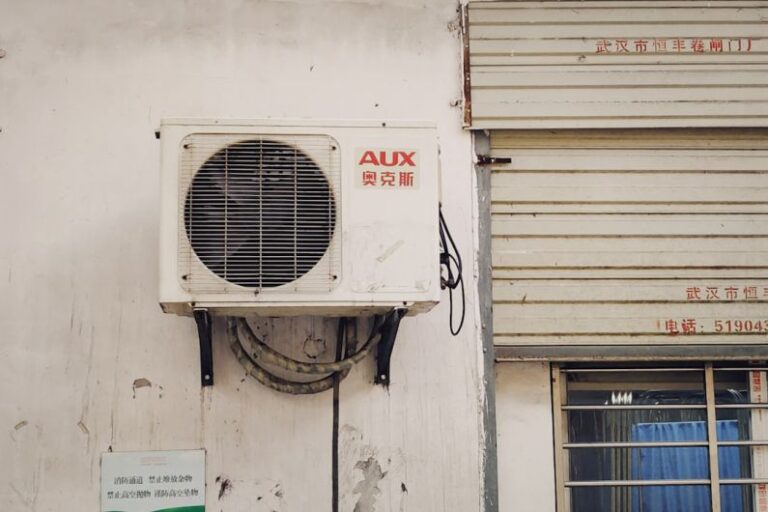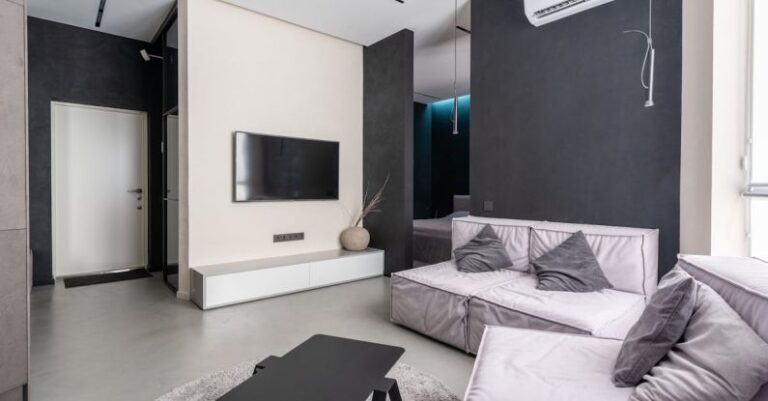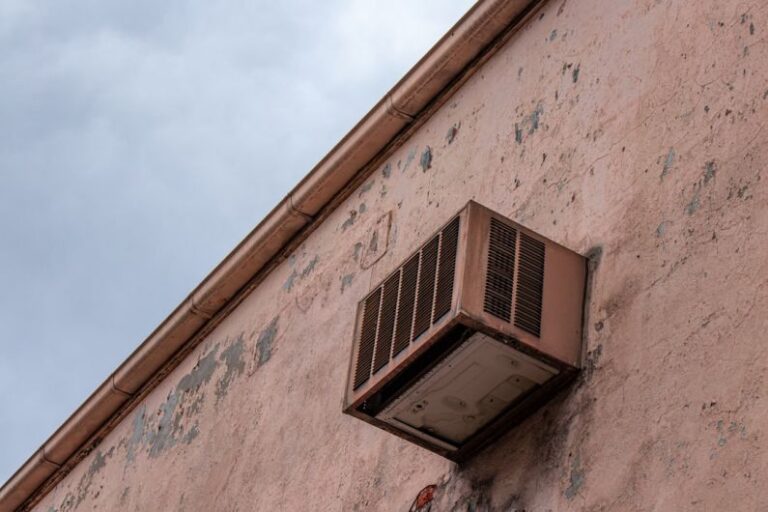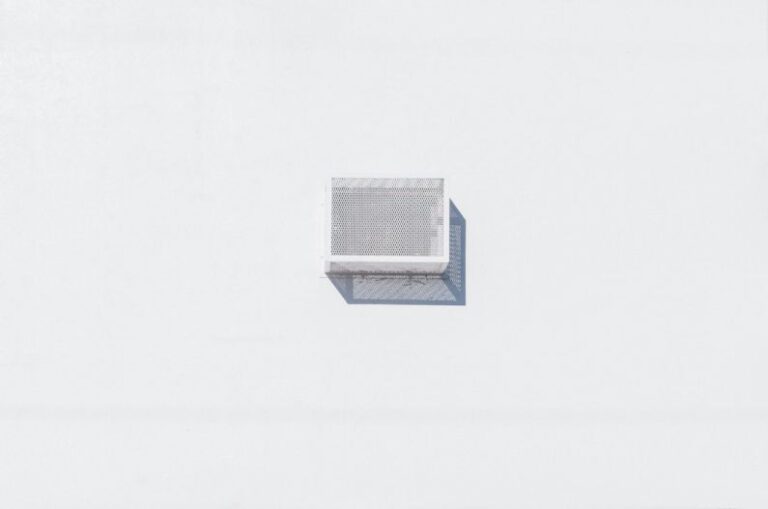
Room size plays a crucial role in determining the efficiency of an air conditioning system. The dimensions of a room can significantly impact how well a unit is able to cool or heat the space, affecting both the comfort level of occupants and the energy consumption of the system. Understanding how room size influences AC efficiency is essential for homeowners and businesses looking to optimize their cooling and heating systems.
Impact of Room Size on Air Circulation
The size of a room directly affects the circulation of air within that space. A larger room requires an air conditioning unit with a higher cooling capacity to adequately distribute cold air throughout the area. In contrast, a smaller room can be efficiently cooled by a unit with a lower capacity. When an AC unit is too powerful for a small room, it may cool the space too quickly, leading to short-cycling, where the system turns on and off frequently. This not only wastes energy but also reduces the overall efficiency of the unit.
Proper Sizing of Air Conditioning Units
Choosing the right-sized air conditioning unit for a room is essential for maximizing efficiency. An undersized unit will struggle to cool a large room adequately, resulting in increased energy consumption as the system works overtime to maintain a comfortable temperature. Conversely, an oversized unit can lead to excessive cooling in a small room, causing discomfort and higher energy bills. Consulting with an HVAC professional to determine the appropriate size of an AC unit based on room dimensions is crucial for optimizing efficiency and performance.
Insulation and Room Size
The insulation of a room also plays a significant role in AC efficiency. Poor insulation can result in energy loss, as cool air escapes during the summer and warm air escapes during the winter. In larger rooms with inadequate insulation, the air conditioning system must work harder to maintain the desired temperature, leading to increased energy consumption and reduced efficiency. Proper insulation, combined with the right-sized AC unit, can help improve efficiency and lower energy costs.
Temperature Discrepancies in Large Rooms
In larger rooms, temperature discrepancies can occur due to factors such as poor air circulation, inadequate insulation, and the positioning of the AC unit. Areas farthest from the unit may experience uneven cooling, leading to discomfort for occupants. To address this issue, homeowners can consider using multiple AC units or strategically placing fans to improve air circulation and temperature distribution. By taking steps to optimize air movement within a large room, AC efficiency can be enhanced, ensuring a more comfortable indoor environment.
Optimizing AC Efficiency in Different Room Sizes
Regardless of room size, there are several strategies that homeowners and businesses can implement to enhance AC efficiency. Regular maintenance of the air conditioning system, including cleaning or replacing filters, checking for leaks in ductwork, and scheduling professional inspections, can help ensure optimal performance. Additionally, utilizing programmable thermostats to adjust temperature settings based on occupancy and investing in energy-efficient models can further improve efficiency and reduce energy costs.
Making Informed Decisions for Improved AC Efficiency
Understanding the impact of room size on AC efficiency is essential for making informed decisions when it comes to cooling and heating systems. By considering factors such as room dimensions, insulation, air circulation, and proper unit sizing, homeowners and businesses can optimize the performance of their AC systems, leading to increased comfort, lower energy consumption, and reduced utility bills. Taking proactive steps to enhance AC efficiency not only benefits the environment but also contributes to a more sustainable and cost-effective approach to indoor climate control.
